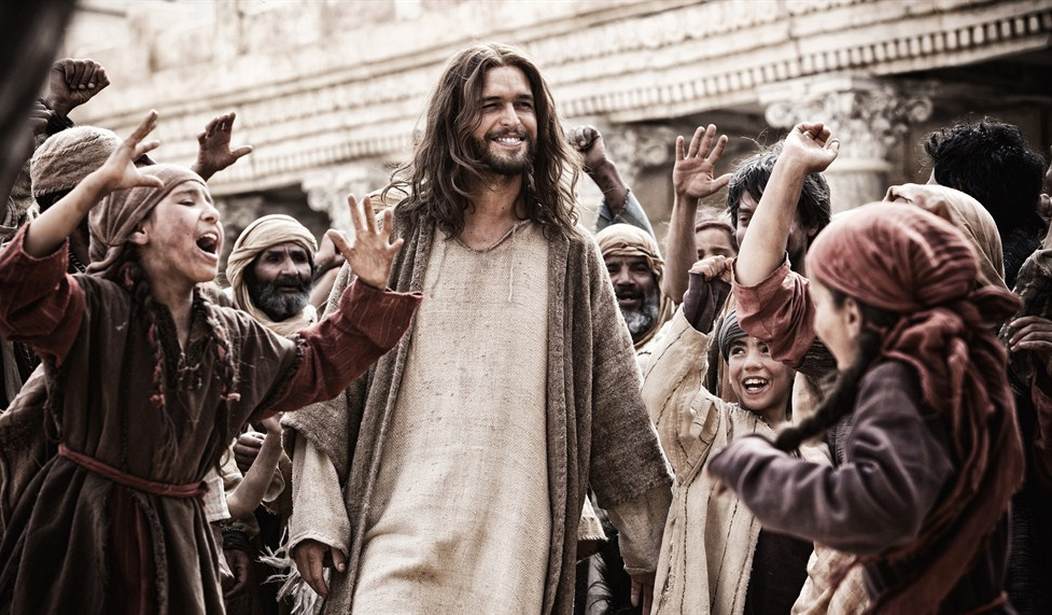Cynics like to claim that Christians at Easter unknowingly celebrate a pagan spring fertility rite that the church co-opted for its own purposes.
This is nonsense. Easter is directly related to the Jewish week of Passover. Jesus Himself was the sacrificial paschal lamb, crucified for the sins of the whole world before His resurrection on the third day. His rising and the empty tomb are the ultimate celebration of new life not just here on earth but for all of eternity.
The earliest Christian leaders, including Polycarp, (A.D. 69-155), argued over when to observe Resurrection Day, but they agreed on its significance, and this was cemented at the church-unifying Council of Nicaea in 325 A.D.
The cynics are on stronger ground when they point to pagan terms for spring festivals that sound a lot like Easter, and there is the matter of the Easter Bunny. As Time magazine noted in 2015, “one theory is that the symbol of the rabbit stems from pagan tradition, specifically the festival of Eostre—a goddess of fertility whose animal symbol was a bunny. Rabbits, known for their energetic breeding, have traditionally symbolized fertility.
The Easter bunny arrived in America in the 1700s, with German immigrants to Pennsylvania telling their children stories about an egg-laying hare, according to History.com. They also brought with them their winter custom of erecting Tannenbaums indoors. Christians originally adorned the treetops with a baby Jesus, and later with stars or angels.
Before secularists celebrate their supposed capture of these two paramount Christian holidays, both of which are awash in irreligious mass marketing, they might consider that the reverse is happening. No matter how much they try to obscure the origins of Easter or the real meaning of Christmas, Christianity keeps seeping back into the conversation.
Churches burst to the seams on Easter and Christmas with people who long for more than the thin gruel of a secular holiday. That’s because eternity and God’s law are written on every human heart, as the Apostle Paul notes in the first chapter of the book of Romans.
Recommended
It’s why, despite a dangerously rising paganism that devalues life, Christian themes still dominate our culture’s idea of justice and mercy, and why even Hollywood has to incorporate them.
A recent example is “Wonder,” the luminous Julia Roberts/Owen Wilson movie about a boy with a surgically restored face who endures bullying with such grace that he lifts everyone around him toward nobility. Christian elements abound, including a friend’s rejection of the boy out of fear of peer pressure and his subsequent redemption.
It’s a powerful reminder of the Apostle Peter’s declaration of loyalty, his lying under inquiry after Jesus is led away, and his repentance and restoration. Whenever we see someone redeemed, like the characters in “Wonder,” we experience the beauty of forgiveness and unmerited mercy.
Modern echoes abound of Jesus’s timeless story of the Prodigal Son, who ditches his family, blows his inheritance on decadence, and slinks back to his father, who embraces him without reservation.
The parable was immortalized by Rembrandt, who painted “The Return of the Prodigal Son” as his last masterpiece before his death in 1669. As a one-time prodigal, Rembrandt portrayed all the elements of Jesus’ powerful story, including the disdainful elder son who is appalled by his father’s welcome of his rebellious brother.
Anyone can understand the relief and surprise of the younger son when, instead of coldly rejecting him, the father embraces him. Others can identify with the older son, who never got such treatment even though he was faithful. Most of us can relate to either son at varying times.
The point of the story is that God’s love is so all-encompassing that we need not fear approaching Him, regardless of what we’ve done. He loves both of his children without measure and wants what’s best for them. All it takes is a repentant heart and the wondrous realization that we are loved beyond human comprehension.
At Easter, or better yet, Resurrection Day, it’s good to know that it’s not what we can do but what He did for us. It’s something to think about while we munch on leftover chocolate bunnies.
Robert Knight is a Washington Times contributor. His latest book is Confronting Lies and Hate with Truth and Grace (djkm.org, 2018).
























Join the conversation as a VIP Member